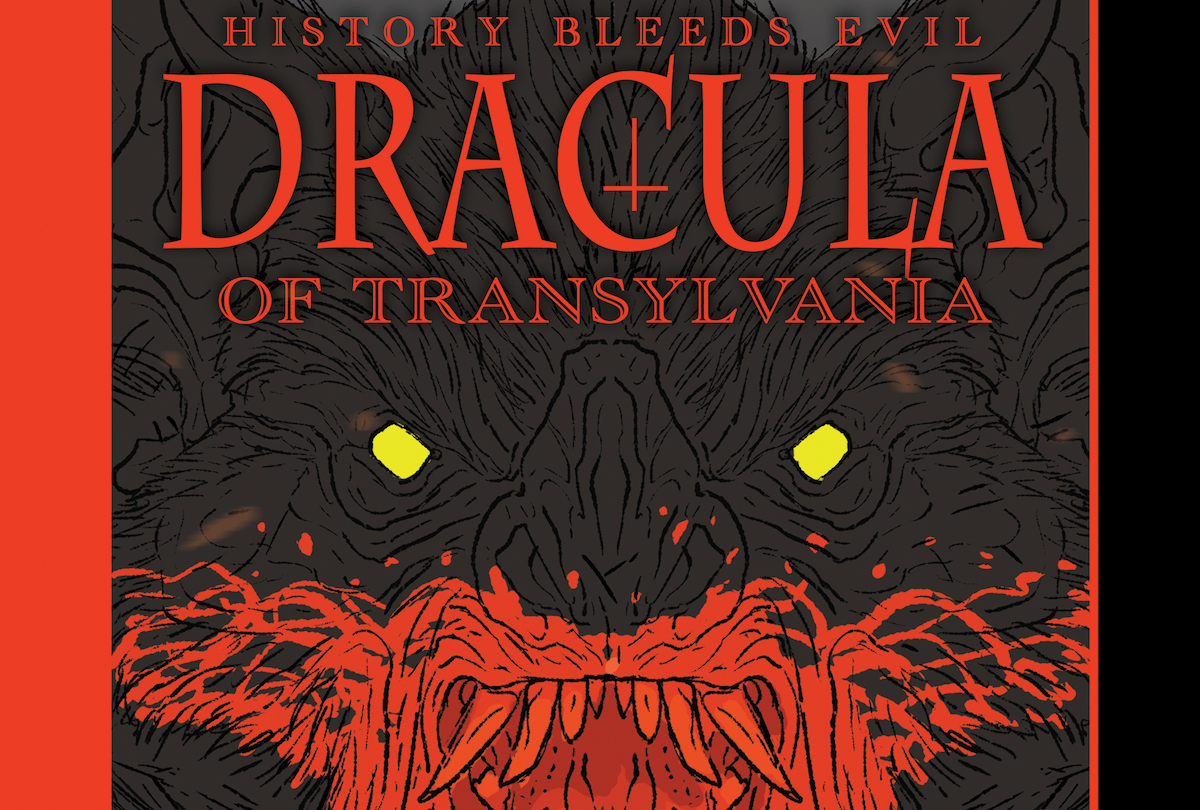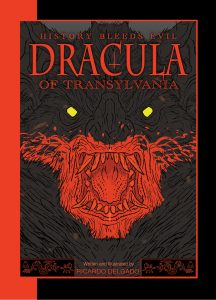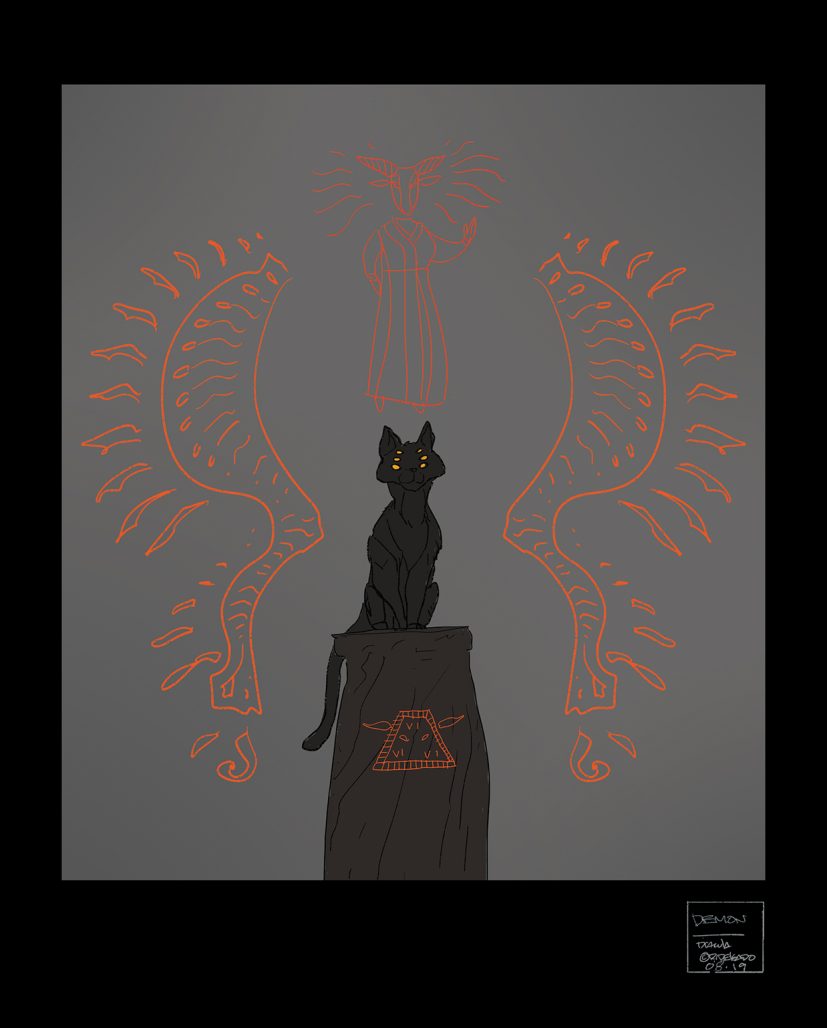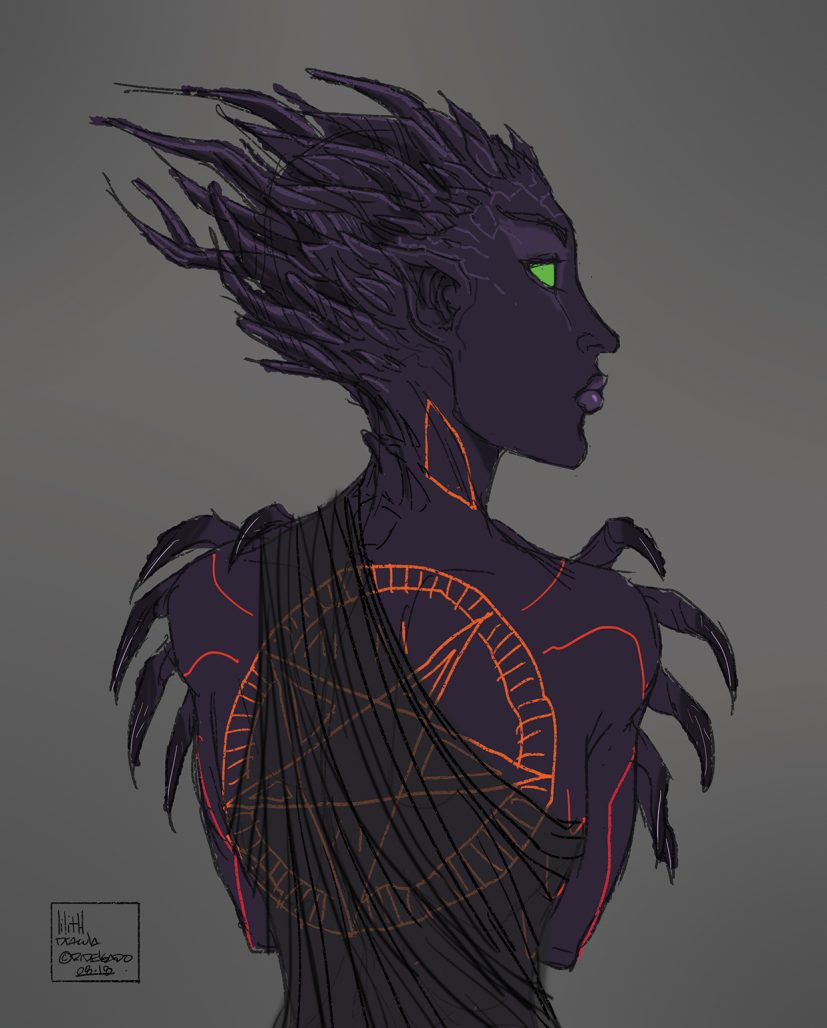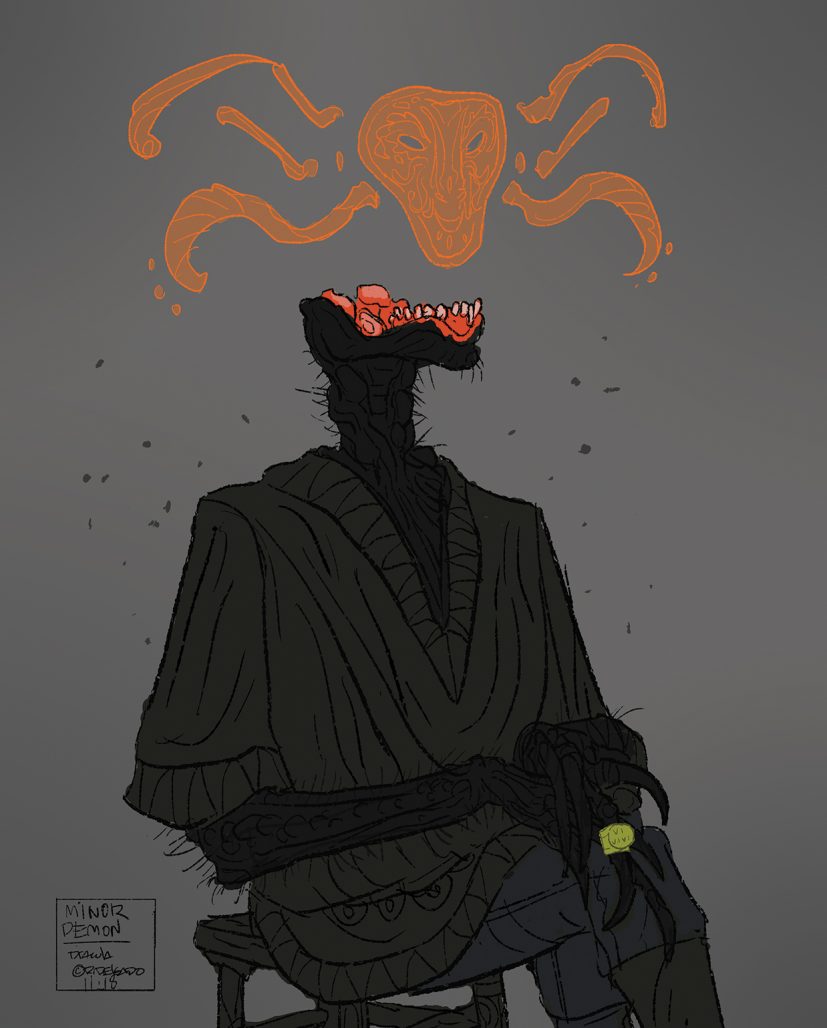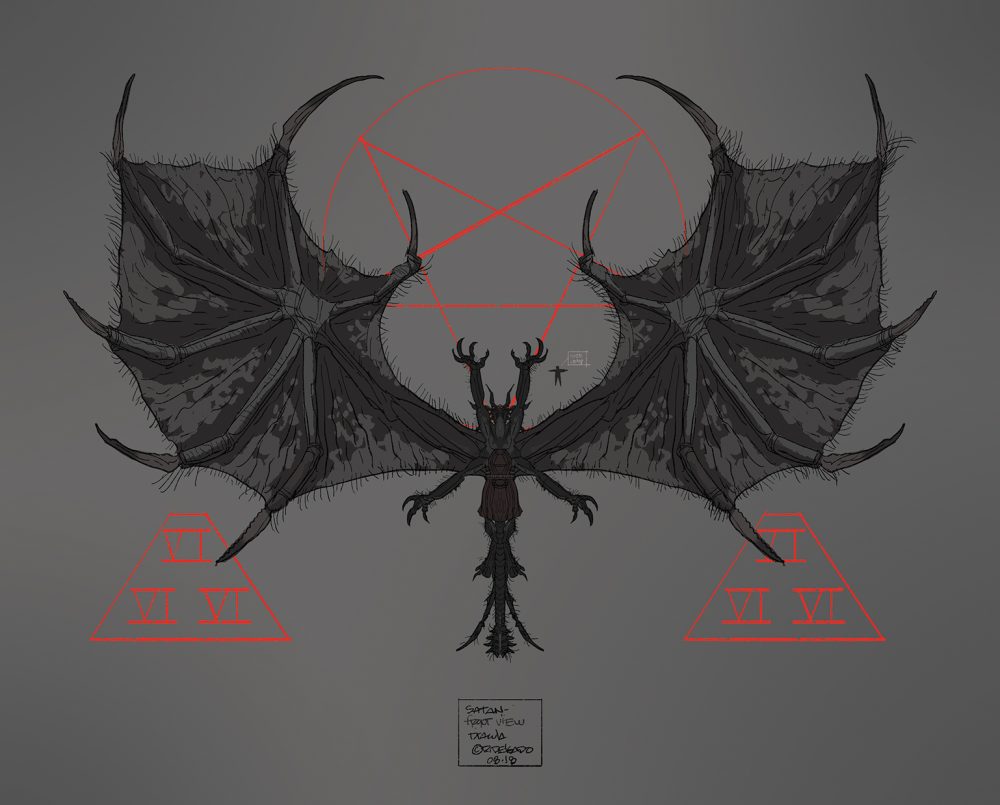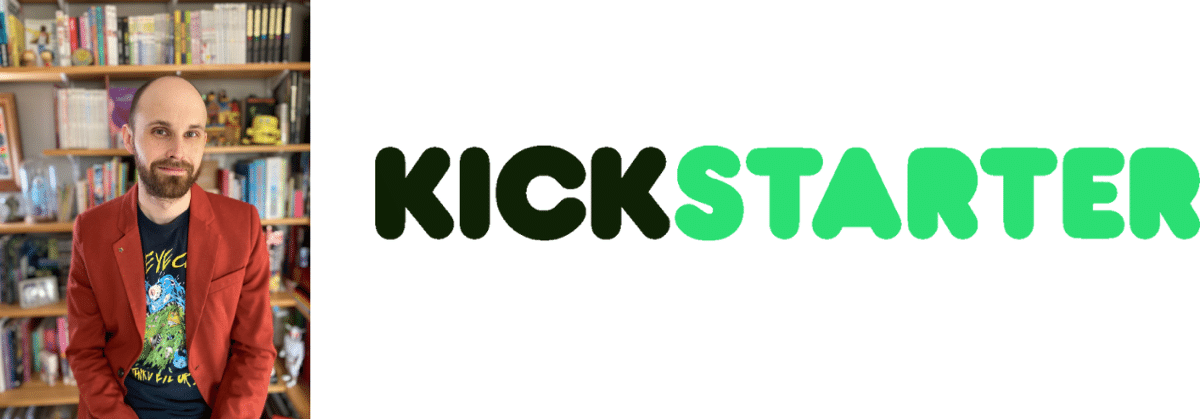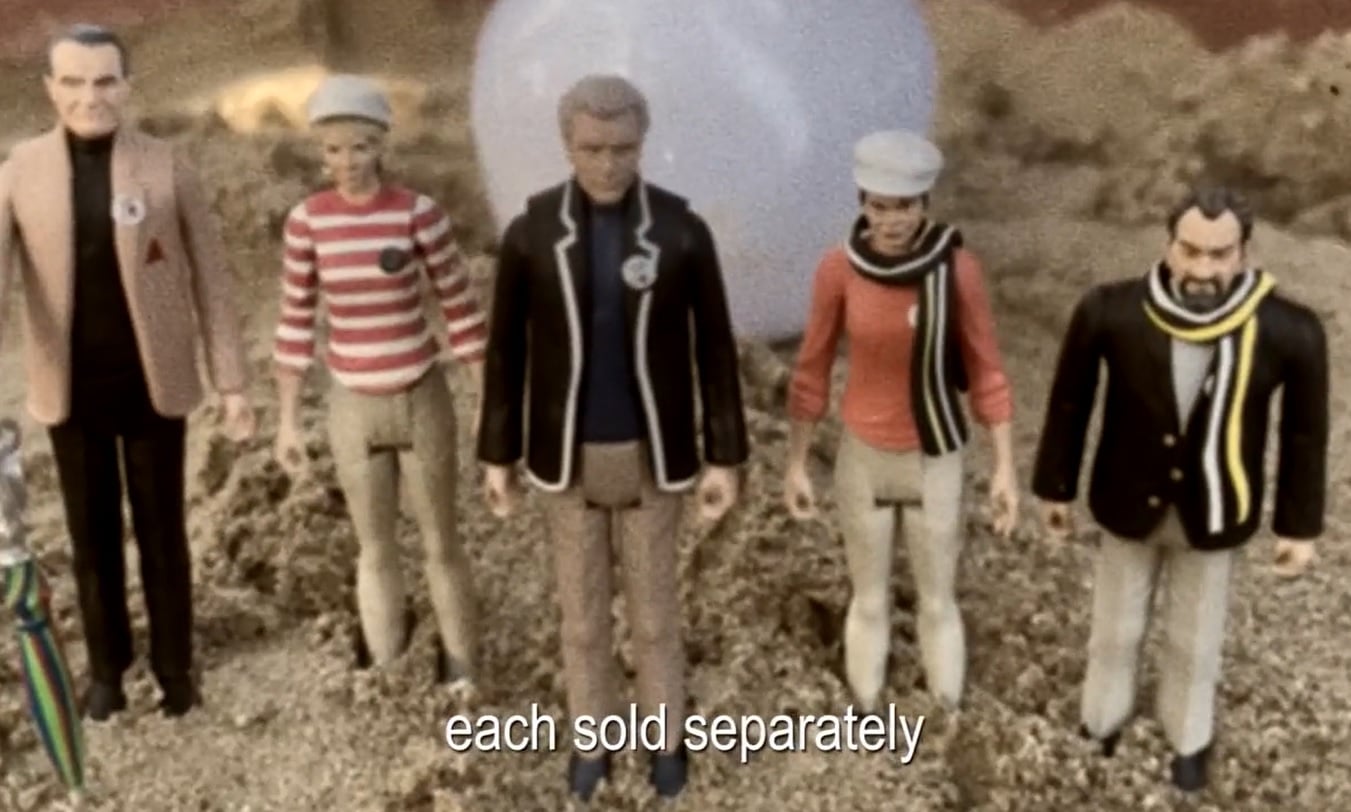One of this week’s new Crowdfunding highlights is Dracula in Transylvania, which is an illustrated novel from accomplished Hollywood concept designer, Ricardo Delgado.
You may or may not know Delgado by name, but you most certainly know his work, which has included films like Apollo 13, Men in Black, The Incredibles, Wall-e, and more. Within comics itself, Delgado is best-known for his Age of Reptiles graphic novel. Now, he has turned his sites on a new story, that of Dracula.
I recently had a chance to ask him a few questions about the book, the format he choose, the role of historical research in this adaptation, and more. Check it out below…
ZACK QUAINTANCE: I know obviously there are many reasons Dracula is such an enduring story and character, but I’m curious, what in particular drew you to adapt DRACULA OF TRANSYLVANIA for your new project?
RICARDO DELGADO: As a kid I noticed all of the different versions of the story, and each of them had their own particular way of excelling at a facet of the overall tale, but none fully grabbed the entire Dracula ambience and ran with it. In some of the stories the bat seemed fake, or the teeth did not seem real, or the wolf form of Dracula was just a regular wolf or the mist form of the vampire was just smoke printed backward, and I never truly got the sense of Dracula the shapeshifter, Dracula the conqueror, or Dracula the embodiment of evil. I also felt that it was strange for the Brides to stay behind to guard castle Dracula. Why? Who’s gonna break in to the creepiest place in the world? So I made him this malevolent, powerful presence and brought the brides along on his journey as added muscle, to use gangster film lingo.
ZACK: I’m also curious about the format. It’s an illustrated novel, which I find can mean a pretty wide variety of things. What does that look like for this book?
RICARDO: My elevator pitch for DRACULA OF TRANSYLVANIA would be ART OF STAR WARS meets SALEM’S LOT. You’re getting a whole story, an entire novel, but it’s full of conceptual designs that are part of the novel. Because I can write I can tell this story, but also as a concept artist I can then take the concepts I’ve written about and weave them into the novel. The best example I can come up with is the Stephen King/Bernie Wrightson illustrated novella CYCLE OF THE WEREWOLF, and while it is daunting to walk in those prodigious steps, in my version you’ll see designs that match the ideas that I’ve come up with for my story. Have you been disappointed with the mist version of Dracula in the films where that form is used? In this book you won’t be I can guarantee that. You’ll also see a kaiju version of Satan, if that’s any further enticement, lol.
ZACK: How did you extensive background as a conceptual designer in Hollywood influence the making of this book?
RICARDO: it helped me early on in the sense that I knew that my conceptual muscles were flexed to help make the story really unique and strong, while also knowing in the back of my had that my ability to design my concepts would make DRACULA OF TRANSYLVANIA a very new, very unique experience. Just because the setting is Victorian does not mean that the supernatural concepts have to be that way. And I had no visual effects budget that I had to negotiate with anyone. If I wanted twenty demons to be dancing around a raging fire ready for Satan to appear, I only had to write it, then have the fun of designing really cool, really scary legions of hell for the audience to enjoy, as far as a hellish congregation can be enjoyed, lol. There’s stuff in the book that were ripe for conceptualization at the writing level, like the dungeons of Dracula’s castle, which turned out to be one of the writing highlights of the story. There’s actually a church and a library in Dracula’s basement. Among many things.
ZACK: One of the choices that really caught my eye with this project was the historical footnotes. What was your research process like for this book?
RICARDO: The research for the early formation of the story led to the footnotes in later drafts. I needed the details of 1899 to be factual, and that led to points of interest that I thought, “How can I squeeze that into the story?” and sometimes I could and other times I could not, and that’s where the footnotes kicked in. In addition, when the story changes locale in the Modern World I also add a page of facts of the city and its’ peoples to further bridge the transition and to give the audience more recent information that might or might not have an impact on the story. Also, I do find stuff like that interesting and it’s fun to research, but if I wanted to have an opera sequence in my story I needed to find out if there were any opera houses in Rome in 1899, which was of course likely, but also which ones were open at that time. Then I had to find an opera that fit the mood and themes of my story to them place it in the story. After that was the even cooler part, which was adding the vampires to the mix.
ZACK: Finally, tell me about your favorite tier on this Kickstarter?
RICARDO: It’s actually both ends of the spectrum. As a kid whose parents gave him everything they had but could not always afford everything I love the idea of the straight download for casual fans of the character who may not be familiar with my work, while the deluxe additions give folks who are there because they enjoy my artwork can also purchase an original piece of my art along with their book! I call that a win/win, or as the Transylvanian might say, “A Vin/Vin!”
Sorry, lol.
Dracula of Transylvania is live on Kickstarter now.



